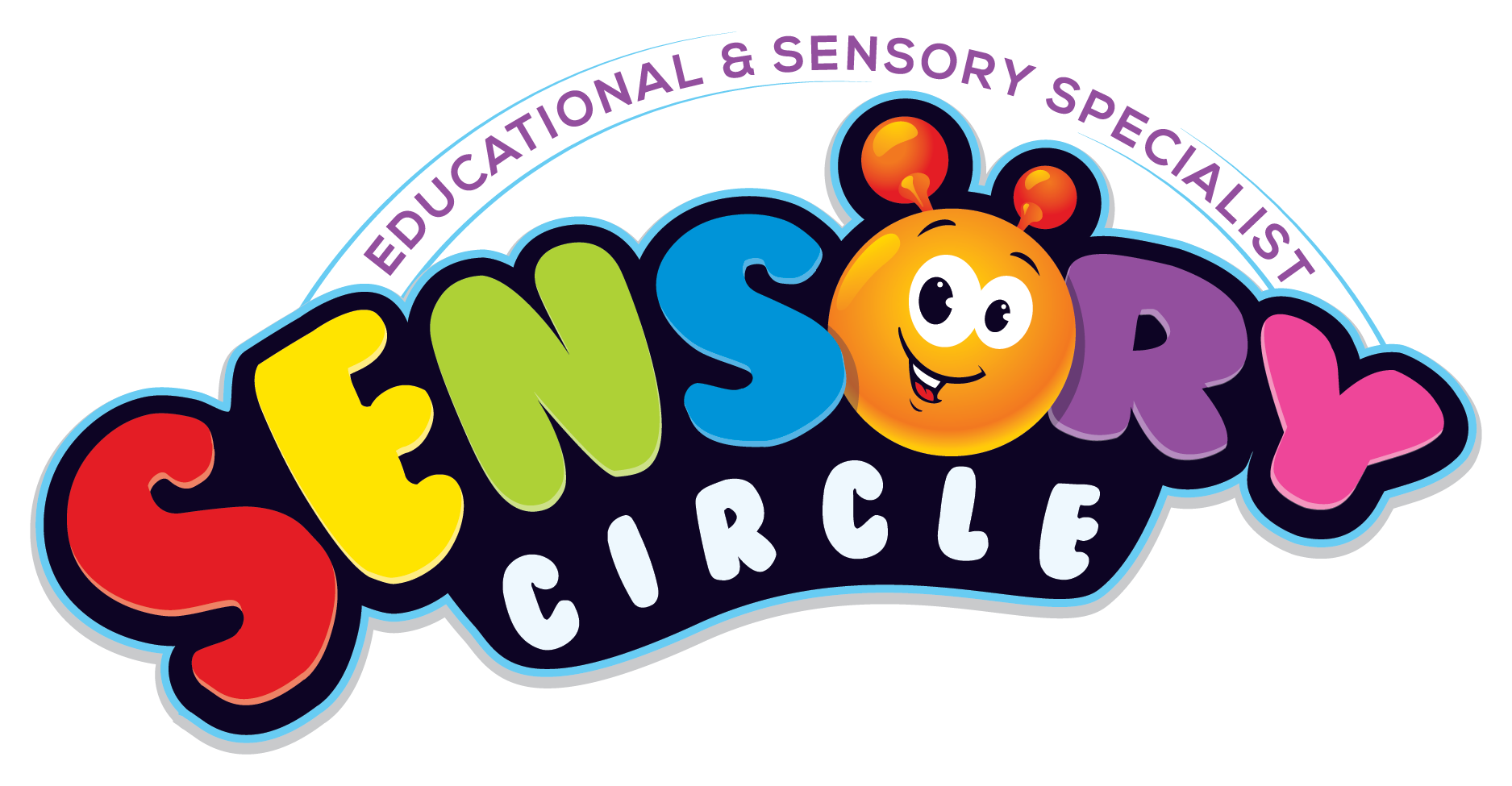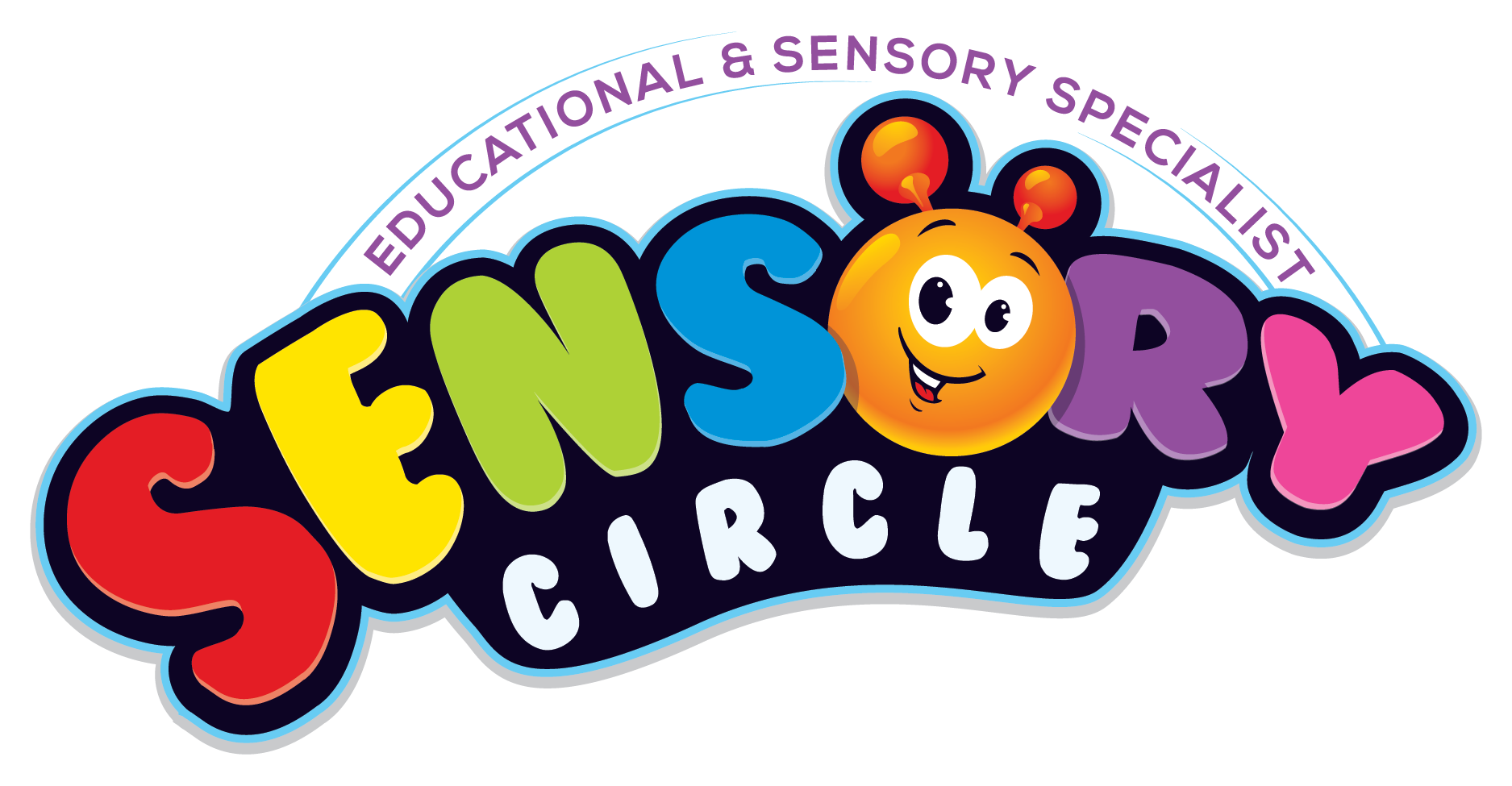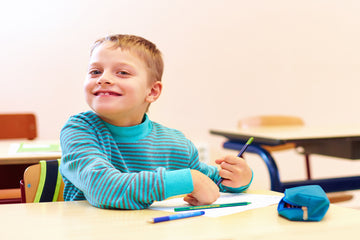
Navigating the world with autism can be a unique journey, where support and understanding play pivotal roles. Enter the realm of pets – not just companions in homes but stalwarts on the path to enhancing the lives of children with autism. These four-legged (and finned or scaled) wonders bring more than just wagging tails and purrs; they weave a tapestry of companionship and emotional sanctuary for these extraordinary children.
The magic of pets lies in their ability to offer unconditional love, empathy beyond words, and solace in silent moments. For children with autism, this bond transcends mere friendship; it becomes a lifeline woven from fur, feathers, or scales. Through their presence, pets usher calm into chaotic seas, painting hues of relaxation and serenity upon the canvases of young hearts braving daily challenges. In a world where stress often wears heavy boots, these animal ambassadors tiptoe gently yet firmly alongside, unveiling pathways to inner peace and mental respite for our cherished ones with autism.
Factors to Consider When Choosing a Pet
When selecting a pet for a child with autism, it is crucial to prioritize the child's preferences and sensitivities. Every child is unique, and understanding what makes them comfortable and happy is key to choosing the perfect companion. For example, if a child is sensitive to noise, opting for a quieter pet like a fish or a rabbit might be more suitable than a loud or boisterous animal.
Consideration should also be given to the care requirements, size, and temperament of the pet in relation to the child's abilities and lifestyle. For instance, if a family has limited space or time for daily walks, smaller pets like guinea pigs or birds could be great options that still offer companionship without demanding extensive exercise routines typical of larger animals.
It's essential to be mindful of potential allergies or sensory issues that a specific animal might trigger in children with autism. Some kids may have sensitivities to fur or feathers, while others may find certain textures uncomfortable. Being aware of these factors can help prevent any unnecessary distress for both the child and the pet chosen for their companionship. Conducting thorough research and even consulting with veterinarians or therapists specializing in autism can provide valuable insights when making this decision.
Dogs: A Furry Friend for Those with Autism
Dogs are widely regarded as ideal companions for children with autism due to their unwavering loyalty and calming presence. Their intuitive nature allows them to form strong bonds with their young owners, providing a sense of comfort and security. For example, a child might find solace in the routine of walking their dog every day, establishing a predictable pattern that can be reassuring for those on the autism spectrum.
Trained therapy dogs play a crucial role in assisting children with autism in developing social skills. These specially trained dogs can help facilitate interactions and communication, making social situations more manageable for kids who may struggle in these areas. Anecdotal evidence showcases how therapy dogs have helped children overcome barriers to communication, fostering friendships and boosting self-esteem in the process.
When choosing a dog for a child with autism, it is essential to consider the breed's energy level and temperament. For instance, a high-energy breed like a Border Collie might suit an active child who enjoys outdoor activities, while a gentle breed like a Golden Retriever could be better suited for a more reserved child seeking companionship indoors. By selecting a dog that aligns with the child’s needs and lifestyle, parents can ensure a harmonious match that enhances both the child’s well-being and the bond between them and their furry friend.
Cats: Independent Companions for Children with Autism
Cats are beloved for their ability to provide companionship in a unique and independent way that resonates with children on the autism spectrum. Unlike dogs, who may seek constant interaction, cats offer a balance by allowing kids with autism to engage at their comfort level. For example, a child can sit quietly reading a book while their feline friend curls up beside them, creating a soothing presence without overwhelming sensory input.
The low-maintenance nature of cats makes them an ideal option for families looking for a pet that offers emotional support without requiring intensive care. A simple daily routine of feeding, playtime, and basic grooming can instill a sense of responsibility in children with autism. Moreover, the calming purrs and gentle demeanor of cats can help soothe anxieties and provide comfort during moments of stress or overstimulation.
Incorporating a cat into the daily life of a child with autism can also aid in establishing routines and teaching valuable life skills. By participating in feeding schedules or engaging in interactive play sessions, kids learn about consistency and caregiving. Cats respond well to predictable routines, offering stability and companionship that contribute positively to the overall well-being of children on the spectrum. With guidance from parents and caregivers, the relationship between a child with autism and their cat can blossom into a mutually beneficial bond built on trust and understanding.
Fish Tanks: A Soothing Aquatic Experience
For children with autism, fish tanks can offer a soothing oasis in their homes. The gentle movements of the fish and the serene underwater environment can create a calming atmosphere that promotes relaxation and alleviates stress. Imagine a child mesmerized by the colorful fish gracefully gliding through the water, providing a visual stimulation that captures their attention and helps them unwind after a long day.
Caring for fish in an aquarium also brings valuable educational benefits to children with autism. The routine of feeding the fish, checking water quality, and maintaining the tank can instill a sense of responsibility and routine. This hands-on experience not only encourages focus and attention but also teaches important life skills that can positively impact a child's development. Watching fish interact within their habitat can spark curiosity and foster a deeper understanding of aquatic life, offering endless opportunities for learning.
When setting up a fish tank for a child with autism, it's essential to consider their sensory sensitivities and individual interests. For example, some children may prefer vibrant, colorful fish species that catch their eye, while others might enjoy the peaceful movement of slower-swimming varieties like bettas. Tailoring the aquarium to cater to these preferences can make the experience more engaging and enjoyable for the child. Additionally, creating a tranquil environment around the tank with soft lighting or natural decor elements can further enhance its calming effect on children with autism.
Small Animals: Cuddly Creatures Perfect for Kids with Autism
When it comes to companionship in a petite package, small animals like rabbits, guinea pigs, or hamsters can make wonderful pets for children with autism. These gentle creatures provide a sense of comfort and closeness that can significantly enhance social skills and emotional connections in kids on the spectrum. The act of caring for these small animals fosters nurturing interactions, teaching empathy and responsibility along the way.
For children who may prefer smaller pets that they can easily hold and interact with, small animals offer a unique bond that promotes a sense of companionship without overwhelming sensory input. Rabbits, known for their docile nature, can be calming companions for children with autism who appreciate soft fur and gentle movements. Guinea pigs, with their friendly demeanor and vocalizations, create opportunities for communication and bonding through interactive playtime. Hamsters, though more independent in nature, still provide the chance for kids to engage in caring routines while observing their curious behaviors.
To ensure the well-being of these cuddly critters and cater to each child's preferences, it's crucial to consider specific care tips tailored to each type of small animal. For example, maintaining a secure habitat with appropriate bedding materials is vital for rabbits' comfort and health. Offering guinea pigs a balanced diet rich in vitamin C is essential to prevent health issues like scurvy. Providing hamsters with enrichment activities like tunnels or wheels helps stimulate their active minds while ensuring physical exercise – a vital aspect of their care routine that also engages children in interactive play sessions.
Reptiles: Unique Pets for Special Needs Kids
Introducing reptiles as pets for children with autism can open up a whole new world of fascination and learning. These unique creatures, like colorful geckos or gentle turtles, offer special needs kids the chance to explore the wonders of nature up close. For many children on the spectrum who have a keen interest in animals and science, owning a reptile can spark curiosity and create meaningful opportunities for sensory exploration.
One of the key benefits of having a reptile as a pet is that it encourages responsibility in children with autism. Taking care of a terrarium environment, feeding schedules, and understanding the specific needs of their reptilian companion can instill a sense of purpose and routine in kids. This hands-on experience not only promotes independence but also helps develop essential life skills that can benefit them in other areas of their lives.
When considering reptiles as pets for children with autism, it's crucial to address safety concerns and proper handling techniques. Educating both the child and caregivers on how to interact safely with these animals is paramount. For example, teaching gentle touches and respecting the reptile's boundaries are essential aspects to ensure a harmonious relationship between the child and their scaly friend. By providing guidance on supervision and care practices, parents, caregivers, educators, and therapists can create a secure environment where the child can thrive alongside their unique pet.
Conclusion
In conclusion, when considering pets for children with autism, it’s essential to take into account the diverse range of options available, tailored to meet individual needs and preferences. Whether it's the loyal companionship of a dog, the independent nature of a cat, the soothing aquatic world of fish tanks, the gentle interactions with small animals, or the unique appeal of reptiles, there is a perfect match out there for every child on the spectrum.
It is encouraging for parents, caregivers, educators, and therapists to explore pet therapy as a valuable tool in supporting the well-being and development of kids with autism. The bond between these special children and their chosen pets can offer not only companionship but also opportunities for growth in social skills, emotional connections, responsibility, routine establishment, relaxation, and sensory exploration. By embracing the benefits that pets bring to children with autism, we can create enriching environments that nurture their unique strengths and abilities while promoting overall happiness and well-being.




